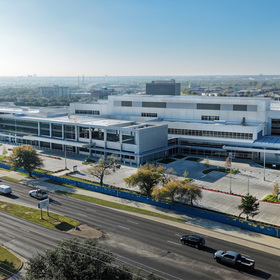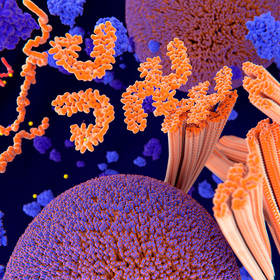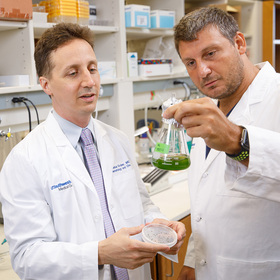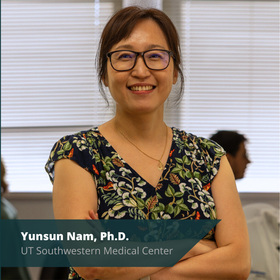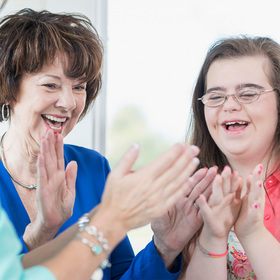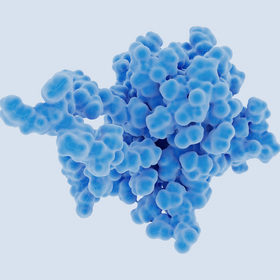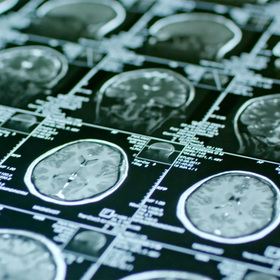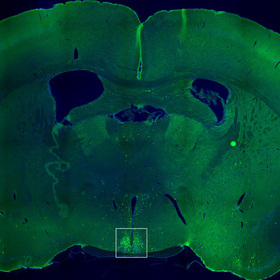News & Social Media
News
UT Southwestern to open DFW’s first state behavioral health hospital this summer
UT Southwestern Medical Center has been selected to operate the new Texas Behavioral Health Center – the first state acute care behavioral health hospital in the Dallas-Fort Worth area – announcing plans to care for its first patients this summer.
Modified tau thwarts aggregation in neurodegenerative disease
A designer version of the tau protein, developed by a team led by UT Southwestern Medical Center researchers, maintains its biological function while resisting aggregation, a pathological trait linked to neurodegenerative diseases called tauopathies.
State’s investment in cancer research has helped draw top talent to UTSW
Early in his career, Ralf Kittler, Ph.D., attracted the attention of academic leaders at UT Southwestern Medical Center with his studies of DNA transcription factors and their role in tumor growth and suppression.
UT Southwestern biochemist to receive O’Donnell Award from TAMEST
Yunsun Nam, Ph.D., Professor of Biochemistry and Biophysics at UT Southwestern Medical Center, will receive the 2026 Edith and Peter O’Donnell Award in Biological Sciences from the Texas Academy of Medicine, Engineering, Science & Technology (TAMEST) for her research into how RNAs and proteins interact at the molecular level. Her work has shed light on gene regulation, cancer biology, and RNA-based therapeutics.
UTSW Research: Exploring essential tremor, GLP-1RAs, and more
Essential tremor (ET) is a common movement disorder affecting about 2% of the American population, and more than 20% of those over 90 years old. Despite its prevalence and decades of study, researchers don’t know the precise mechanisms underlying ET.
Metabolic hormone found to boost resilience against flu symptoms
A hormone known for regulating energy balance also helps the body cope with influenza by triggering protective responses in the brain, a study led by UT Southwestern Medical Center researchers shows.
New frontiers in neuroscience: 10 years of progress at UTSW’s O’Donnell Brain Institute
In her new office at UT Southwestern Medical Center, Ceci Verbaarschot, Ph.D., sits among unpacked boxes and discusses the intricacies of a brain-computer interface she is developing. The device is designed to restore sensation and movement in the upper limbs of people who are paralyzed from the neck down.
Neurons in brain’s timekeeper might control nighttime hunger
Activating specific neurons in a part of the brain that serves as the body’s master circadian pacemaker caused mice to eat significantly more during a time of day when they would normally be at rest, a UT Southwestern Medical Center study shows.
AI can identify stroke types using clinical notes, study shows
Using only text from doctors’ notes and radiology reports, an artificial intelligence (AI) program known as GPT-4o reliably identified patients’ types of strokes, UT Southwestern Medical Center researchers found.
UT Southwestern researcher receives NIH Director’s New Innovator Award
David Sanders, Ph.D., Assistant Professor in the Center for Alzheimer’s and Neurodegenerative Diseases and Molecular Biology at UT Southwestern Medical Center, has been awarded $2.4 million over five years from the National Institutes of Health (NIH) to support his research into the role of RNA/protein assemblies in neurodegenerative diseases.

